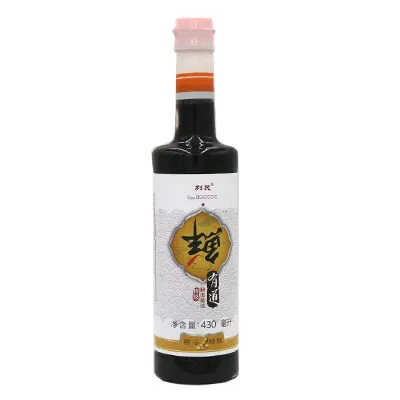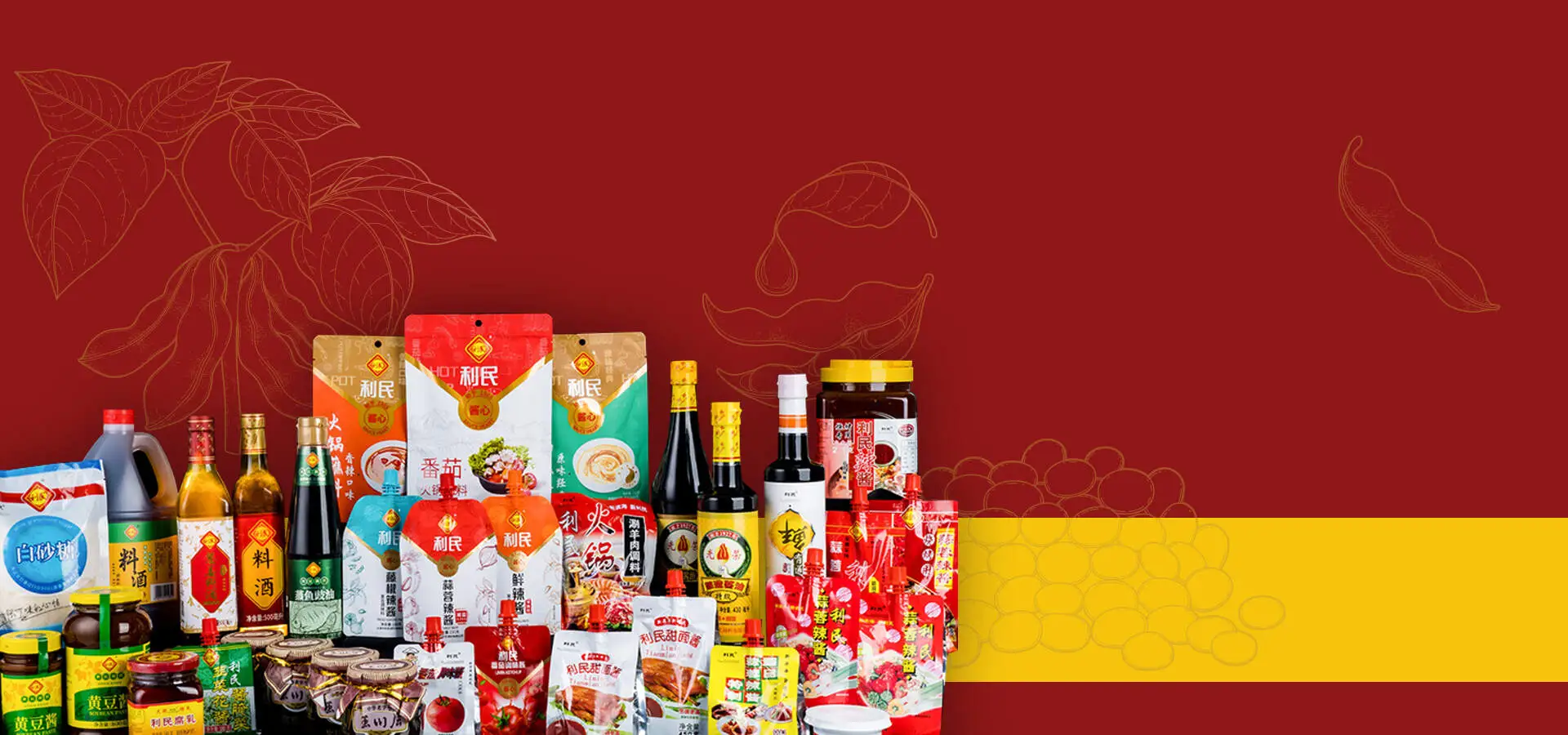
酱油是亚洲美食中最具标志性的调味品之一, 以其深鲜味的味道而闻名, 深色, 和多功能性. 虽然现代制作简化了这一过程, 传统的酱油制作是一种数百年历史的工艺品. 从 发酵豆酱 到 中国酱油, 酿造酱油的艺术继续流过几代, 保持文化和风味.
酱油的起源
酱油起源于古代中国 2,500 几年前. 最初, 发酵大豆酱被用作调味料, 随着时间的流逝, 将这种发酵的液体副产品完善到我们现在识别为酱油. 今天, 像日本这样的国家, 韩国, 印度尼西亚已经发展了自己的风格, 但是中国传统方法仍然是真实风味的基准.
逐步: 传统酱油制作
1. 选择合适的成分
传统酱油仅从一些简单的成分开始: 大豆, 小麦, 盐, 水, 和天然发酵剂. 这些原材料的质量极大地影响了风味. 例如, 全大豆和烤小麦是富裕的营养和香气的首选.
2. 烹饪和蒸
首先浸泡大豆,然后蒸或煮沸以使它们变软. 小麦被烤和压碎,以帮助促进发酵. 此准备步骤可确保成分准备进行霉菌接种,这是发展风味的关键阶段.
3. 哪个耕种
接下来是引入 曲霉的蛋黄酱 或者 曲霉sojae - 一种用于创建“ Koji”的有益模具。大豆和小麦与该模具混合,并在受控的湿度和温度下孵育. 后 3 到 5 天, Koji准备就绪,并携带将驱动发酵过程的酶.
4. 盐水发酵 (莫罗米)
koji与盐水溶液混合以创建 莫罗米, 经历发酵几个月的土豆泥,通常 18 传统环境中的月份. 在这段时间, 酶分解大豆和小麦的蛋白质和淀粉, 释放氨基酸, 糖类, 和芳香化合物. 这是富含鲜味的风味和复杂的香气.
5. 压力和过滤
发酵后, 按下moromi将液态酱油与固体分开. 这是质量发挥重要作用的地方 - 首先发行的高级酱油, 后来的压力可能用于辅助产品.
6. 衰老和巴氏杀菌
然后将生酱酱更加陈酿,以加深味道. 最后, 杀死任何剩余的微生物并保留酱汁的巴氏消毒. 结果是一种自然酿造的酱油, 深色颜色和丰富的咸味.
传统酱油的类型
并非所有大豆酱都一样. 传统酿造的两种关键类型包括:
- 中国酱油: 颜色较轻,但更咸,更芳香, 通常用于搅拌, 浸渍, 和调味料.
- 黑暗是酱汁: 添加糖蜜更长, 提供更甜美的味道, 非常适合炖和炖.
传统发酵过程的另一个重要产物是 发酵豆酱, 浓缩的鲜味的调味酱浓稠, 经常用于腌料和汤.
传统酱油与现代生产有何不同
工业酱油通常是在几周内使用酸水解而不是发酵制成的. 虽然更快,更便宜, 这种方法缺乏传统酿造酱油的深度和复杂性. 传统酱油利用时间和自然发展其丰富的风味, 无需人工添加剂或风味增强剂.
选择最好的酱油
购物酱油时, 尤其 最好的生抽, 寻找关键字,例如 “自然酿造” 或者 “发酵。” 使用传统技术制造的产品通常会列出大豆, 小麦, 盐, 和水 - 没有化学调味剂或防腐剂.
结论
传统的酱油制作是一个劳动密集型但有意义的过程,可捕捉发酵的本质和悠久的烹饪实践. 从 发酵豆酱 到 中国酱油, 这种工艺中出现的每种产品都讲述了一个耐心的故事, 自然, 和文化遗产.

